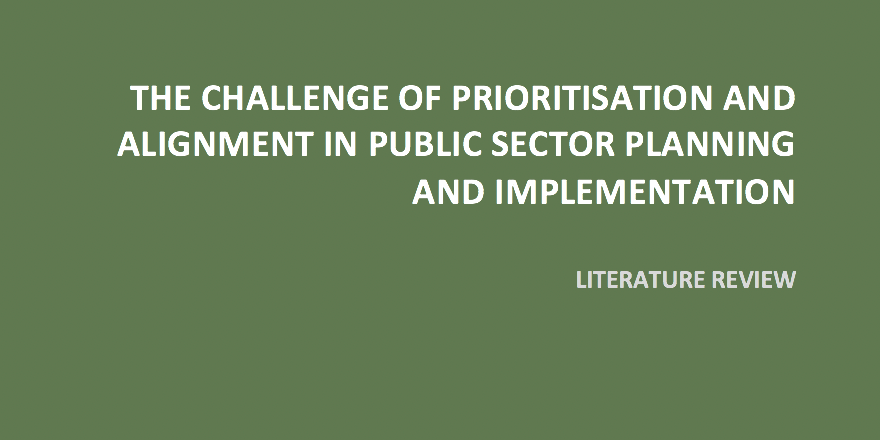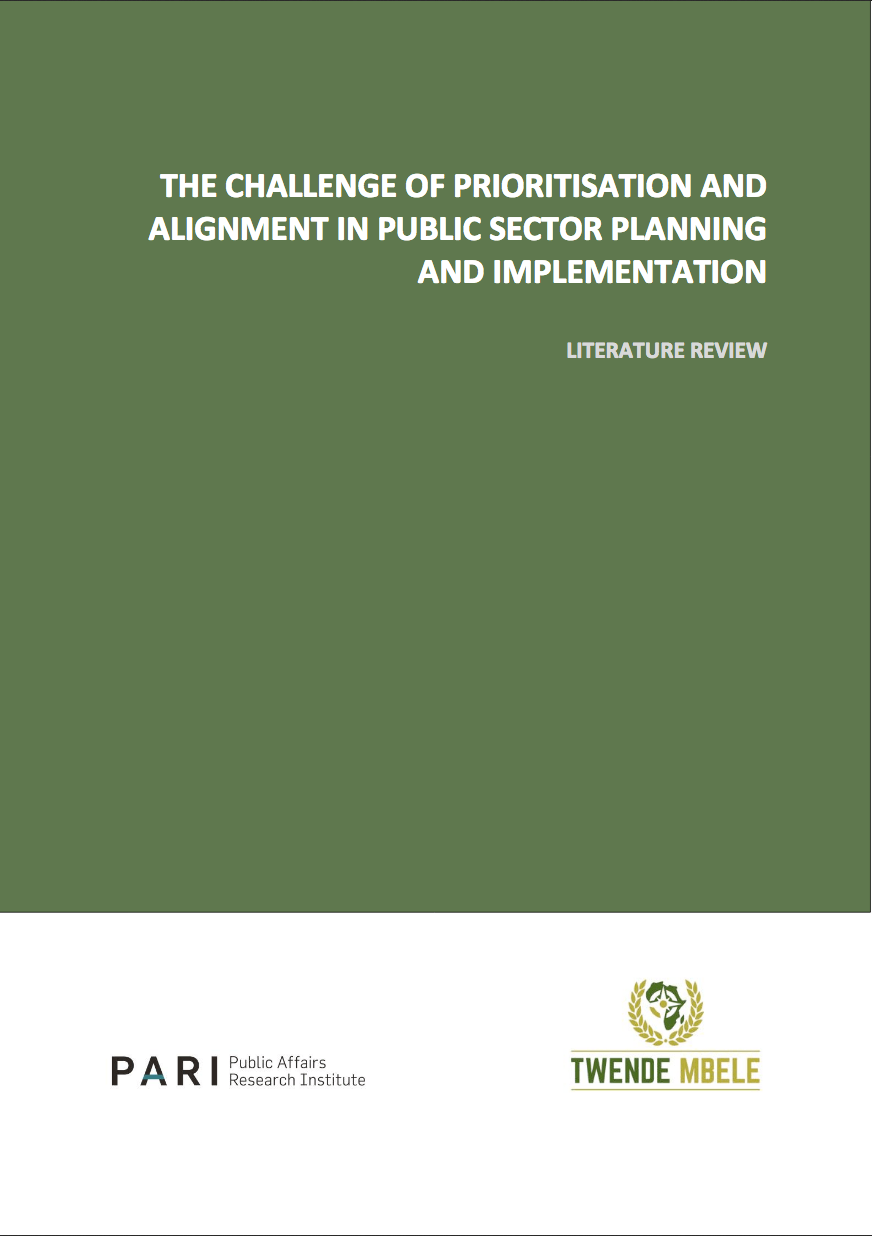A literature review by Tracy Ledger and Sarah-Meny Gibert
Strategic planning has become increasingly popular in the public sector around the world, and is generally understood to mean “a systematic process of strategy formulation during which an organization’s environment is analysed and strategic goals are defined” (George, 2017, p 527). In theory, plans should be matched with accurate and relevant budgets, and implemented in a manner that ensures that the desired goals are achieved. An over-arching monitoring and evaluation process provides information about how well the implementation has progressed against targets, and that information is used to refine the planning-budgeting-implementation cycle. This kind of governance structure – planning and the setting of objectives and performance indicators – is generally “deemed necessary to administer complex systems” (Nuti, Vainieri and Vola, 2017, p277).
The aim of this research is to undertake a literature review focusing on two areas:
- Approaches, processes and tools that could support more effective plan prioritisation and budget alignment; and
- The utilization of monitoring and evaluation systems and information to support better prioritisation and alignment.
This paper presents a summary of the main findings of the literature review, highlighting the main lessons that can be learned. It also comprises the detailed literature review – what are the approaches, processes and tools that have been used in other countries to improve prioritisation and alignment, and how relevant are these for the South African challenges? What is the role of M&E systems in these? It includes a short case study covering one particular approach to prioritisation – that of participative governance. Part 4 considers in brief the particular characteristics of the South African planning environment that impact on the ability to achieve perfect prioritisation and alignment in planning and budgeting. This contextualisation is key to the interpretation of the findings of the literature review.



